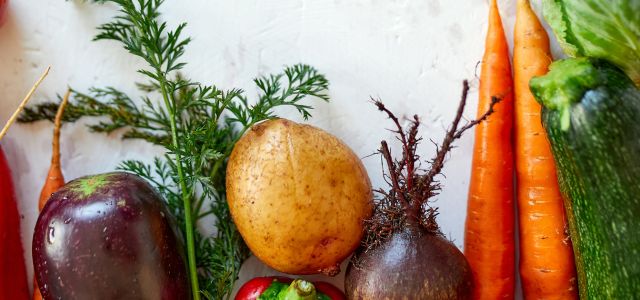Recently, plant-based protein manufacturer “Juicy Marbles” announced their newest product: vegan pork ribs, with edible bones. The soy-based ribs will join the brand’s roster of plant-based “whole cuts”, filet steaks, and joints. The USP of the Juicy Marbles range is a full eating sensation, and in this, the plant-based bones are reportedly a “world first” which has caught the imagination of the vegetarian and vegan press. As a patent attorney interested in alternative protein, this news got me thinking about the challenges of protecting the sensational and experiential aspects of food, whether for tangible features like these ribs or with more nebulous organoleptic properties.
“Organoleptics” refers to factors that affect how something “feels” to eat. This usually means things like texture, release of different volatile compounds, the ways different fats contribute to “mouthfeel”, and how these factors interact to provide a sensory profile. Even non-edible parts of foods can contribute to the overall experience. For example, bones change the thermal conductivity of meat, and provide the primal satisfaction of gnawing off chunks like a caveman. “Fun” is certainly part of the eating experience, and indeed an important way to distinguish products from their competitors. Innovators who are able to secure a monopoly around these features would be well-equipped to leverage this into an enviable market position.
Unfortunately, organoleptic properties are challenging to protect with IP. Firstly, many are necessarily highly subjective. Even seemingly quantitative tests can turn out to be subjective at their core – for example, the numerical Scoville scale for the “heat” of chili peppers is ultimately based on the perception of a tasting panel. This is challenging for patent protection, as examiners can struggle with improvements defined only by perception scores, seeing them as untethered from physical properties. This is compounded by naïve drafting that does not appreciate the challenges involved. As practitioners, we can improve outcomes by adopting a skeptical eye when drafting, and by quantifying subjective features using industry-standard terminology. Where these standards do not exist, innovators may even be able to improve their positions by working to popularise their chosen methodologies after filing.
Valuable patent protection requires a degree of generalization, but this can be especially challenging for organoleptic properties. The interplay between different factors can be difficult to understand, and without a mechanical explanation, inventors may end up restricted to narrow embodiments. These issues are very context-dependent however, and features that change the experience of eating but which are discrete entities, such as ersatz bones or encapsulated fats, may be easier to obtain patent protection for, as they are unquestionably technical features. Tangible aspects may also be more straightforward to define.
Where patents are challenging, other IP rights may offer much-needed protection. Particularly relevant are registered designs. Whilst usually applied to packaging, design rights can be used to protect the visual properties of products themselves. For example, a design protecting the shape of a cake formed part of the recent “Colin the Caterpillar” dispute, and our cupboards are full of foods with distinctive shapes suitable for protection. This does however identify one challenge specific to the plant-based sector. To a casual eye, the press-shots of the Juicy Marbles ribs are indistinguishable from the “real” thing. However, as alternative proteins more faithfully reproduce animal products, they lose the “distinctiveness” required for a design to be valid. Despite this tension, design rights can provide much-needed protection and, given their relatively low cost, can be a useful addition to an IP portfolio.
Although innovators may be unable to rely on a single right to protect their products, the importance of IP in a crowded field such as food remains essential to success. As ever, the most effective approach will likely involve a holistic IP strategy employing multiple rights to build overlapping layers of protection around a central product or process. This is more important than ever for the plant-based sector which, after years of buoyant growth, is undergoing a period of consolidation. Despite this, there is still a need for innovation in the food sector, and protecting intangible assets will be a crucial ingredient in any successful recipe.

Written by Andrew Tindall
Senior Associate, Patent Attorney at Potter Clarkson LLP
You may also like…
Nokia v. Mala Technologies: the UPC interprets its relationship with national courts
Brussels recast The Brussels I Regulation has been in force, under various names, since 1973 and defines general rules...
UK IPO celebrates first filing in new digital service
The UK Intellectual Property Office (IPO) marks a ‘game-changing moment’ as the first patent is filed in the new ‘One...
World’s largest wireless telecommunications operator China Mobile joins Open Invention Network
Chinese companies have become increasingly sophisticated regarding patents. According to the country’s top...
Contact us to write for out Newsletter














